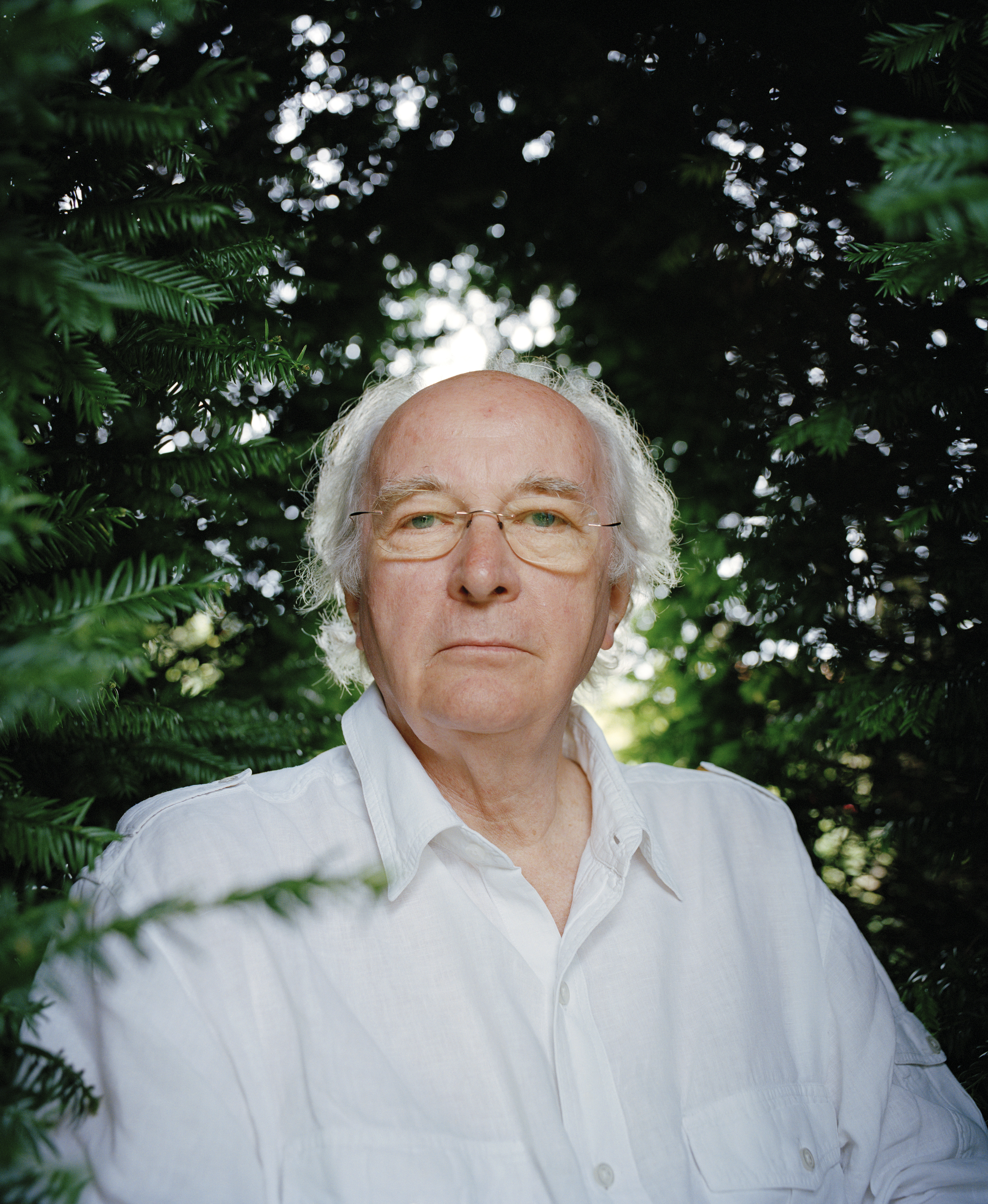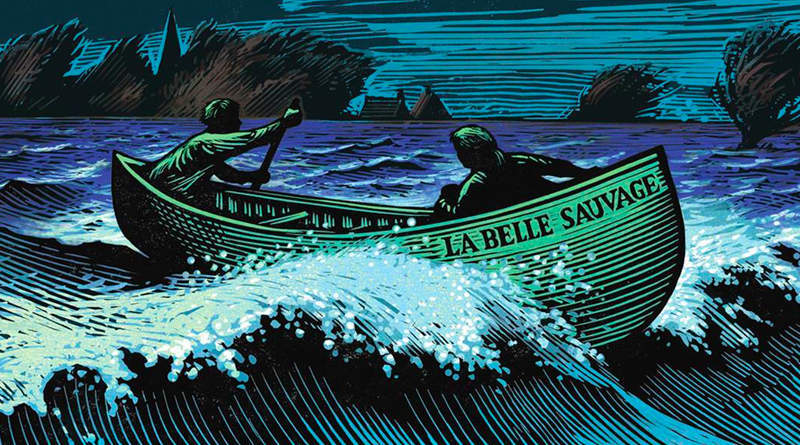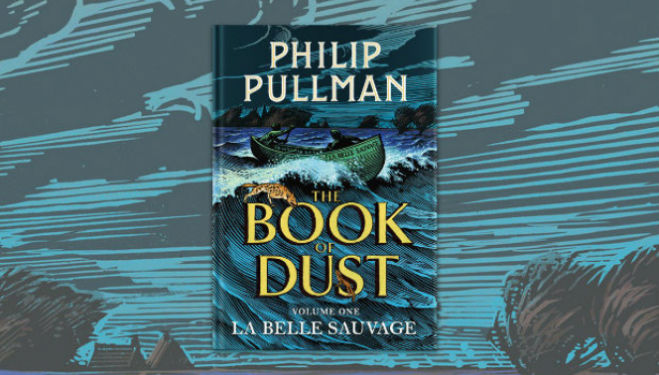
It is the last of these which lends its name to the title of this follow-up trilogy, The Book of Dust, of which La Belle Sauvage is the first instalment, published in 2017. In La Belle Sauvage, many familiar characters and details from the previous trilogy are here: Lord Asriel Mrs Coulter the daemons everyone goes about with from birth, which represent their inner spirit or personality (and which change from one creature to another throughout childhood and adolescence, until settling down into a suitable animal – and remaining as that creature – when the person reaches adulthood) use of the word ‘anbaric’ rather than ‘electric’ to remind us, in a minor detail, that Pullman’s is an alternate Oxford and alternate universe Lyra Belacqua, the heroine of Pullman’s previous His Dark Materials trilogy and Dust, that mysterious substance whose precise significance and essence remains hard to pin down and whose symbolism, as in all good fiction, is irreducible to a single meaning. Now, Pullman is at work on a new trilogy set in the same universe as His Dark Materials, of which La Belle Sauvage: The Book of Dust Volume One (Book of Dust 1) is the first volume.


In His Dark Materials, his ambitious trilogy released around the time of the millennium – a trilogy which offered a riposte to the pro-Christian messages of much children’s and young-adult fantasy of the twentieth century – Pullman took in ideas from quantum physics as well as metaphysics, to produce a masterly piece of storytelling that McEwan’s fictional scientist would doubtless have admired.

Of the novelists who are engaging head-on with these discoveries and mysteries in his fiction, Philip Pullman is one of the most engaging and engaged.


 0 kommentar(er)
0 kommentar(er)
